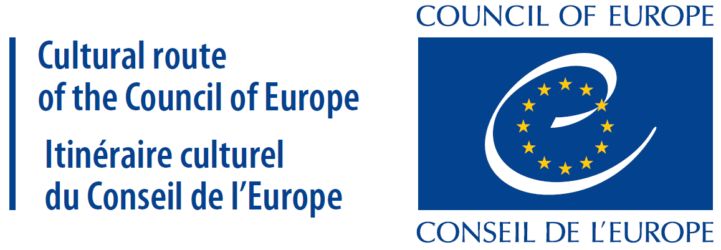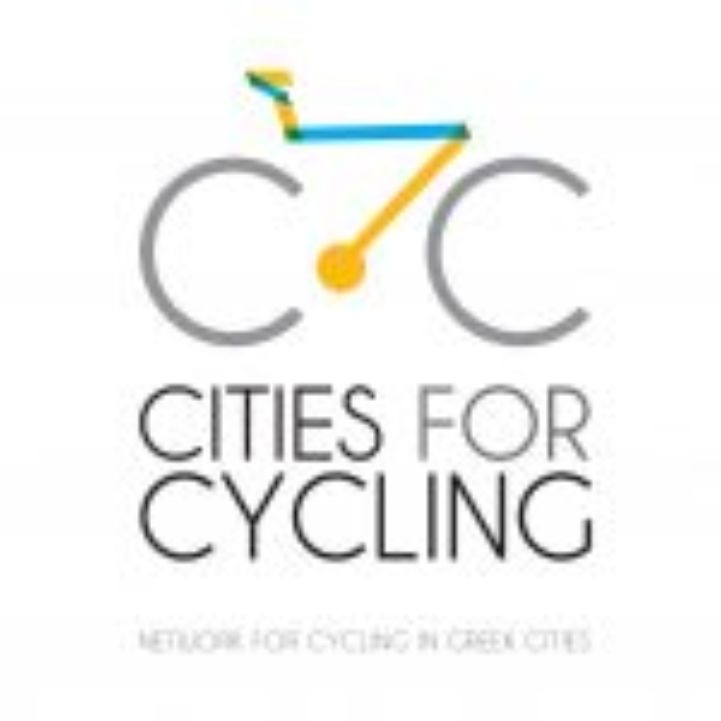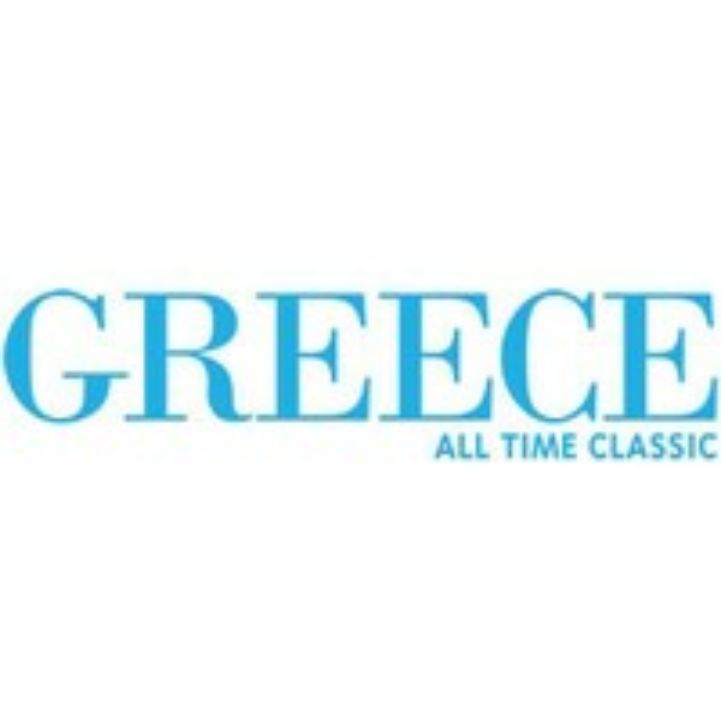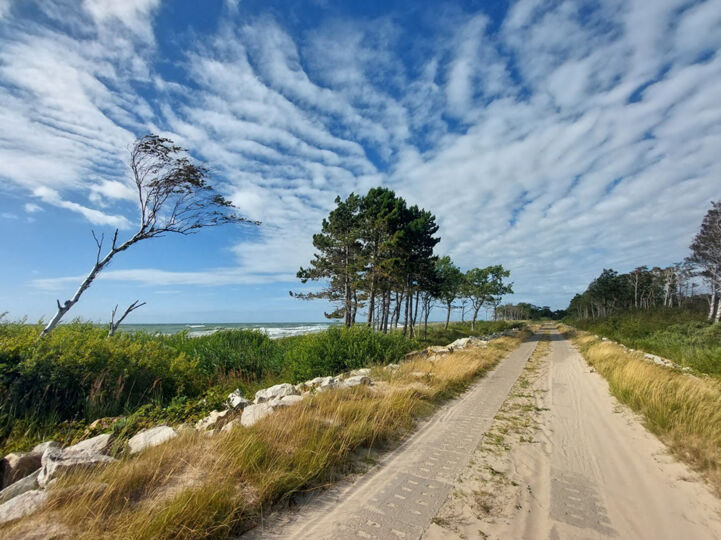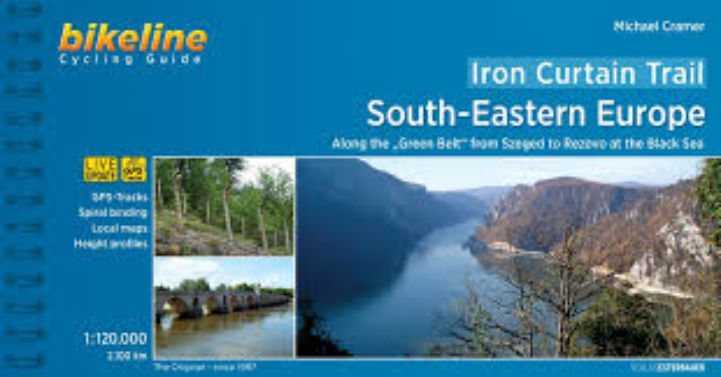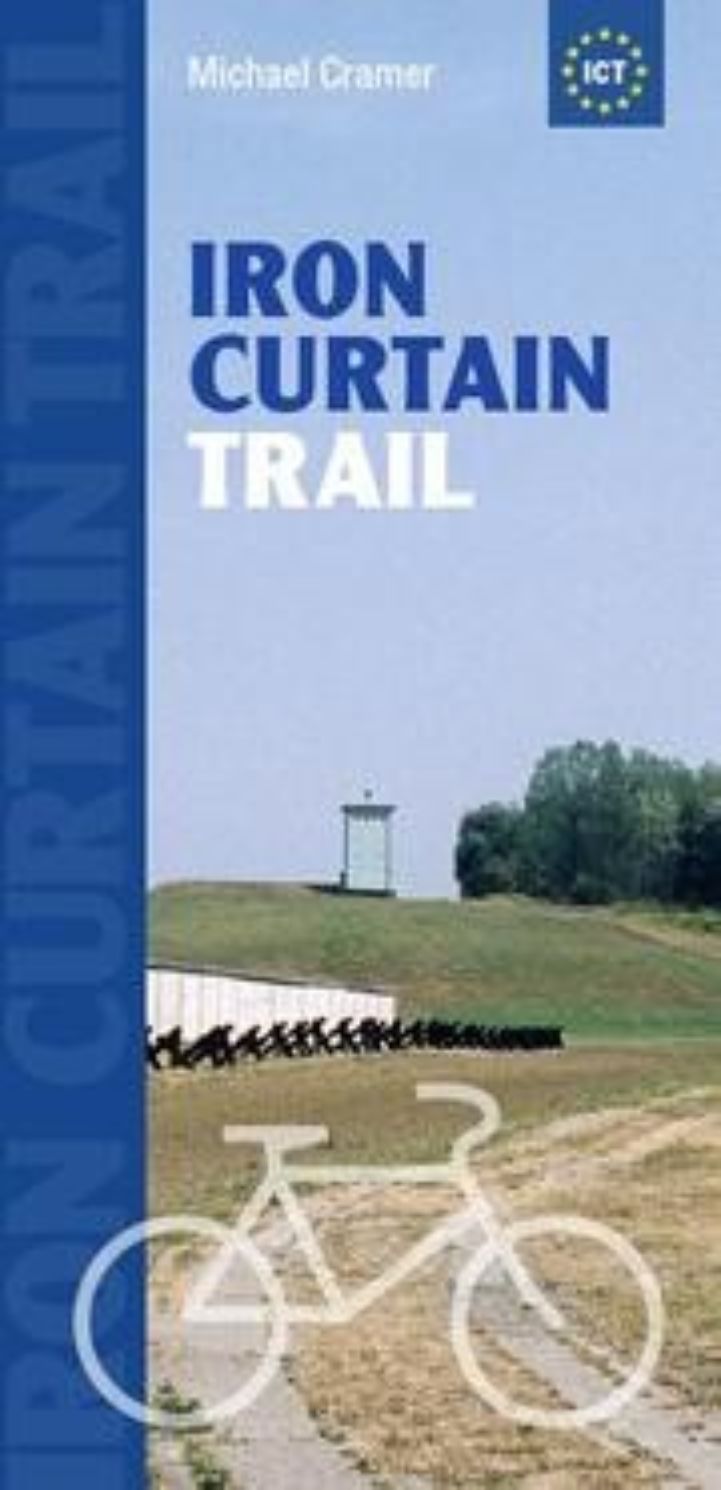“Cities for Cycling”
“Cities for Cycling” is implementing a series of actions with an aim to promote the use of the bicycle and the development of cycling tourism in Greece. Among its priorities is the creation of a platform for exchanging bicycling knowledge and experiences between Greece and European cities.
[email protected] 0030 210 2016500